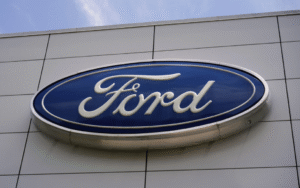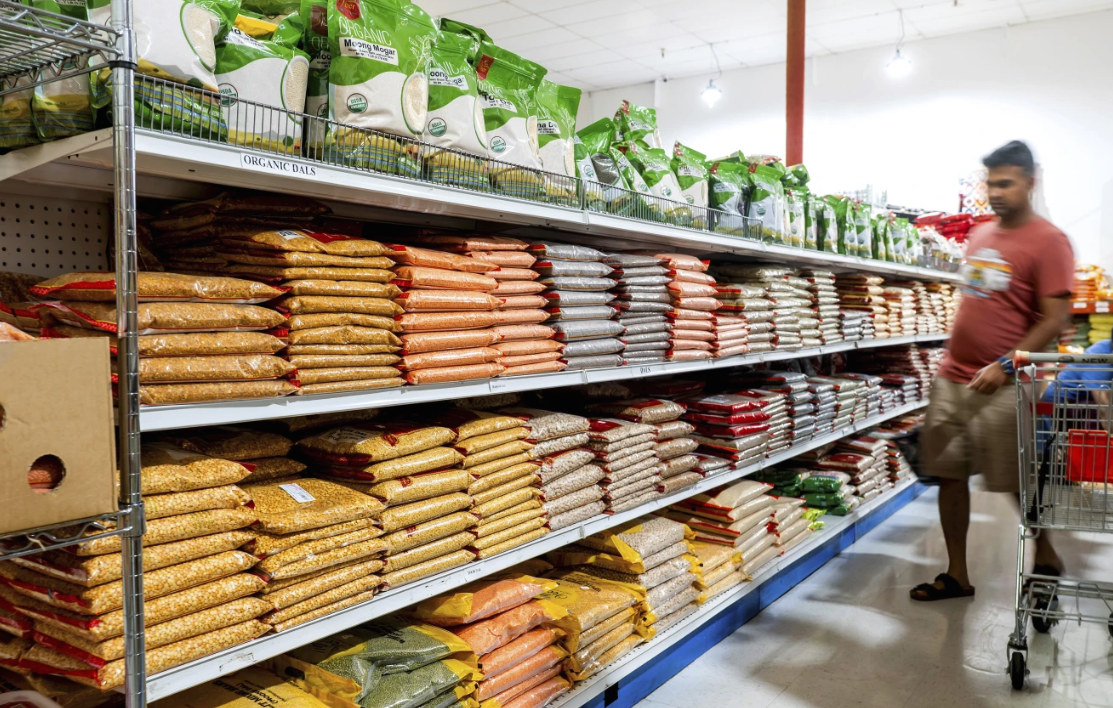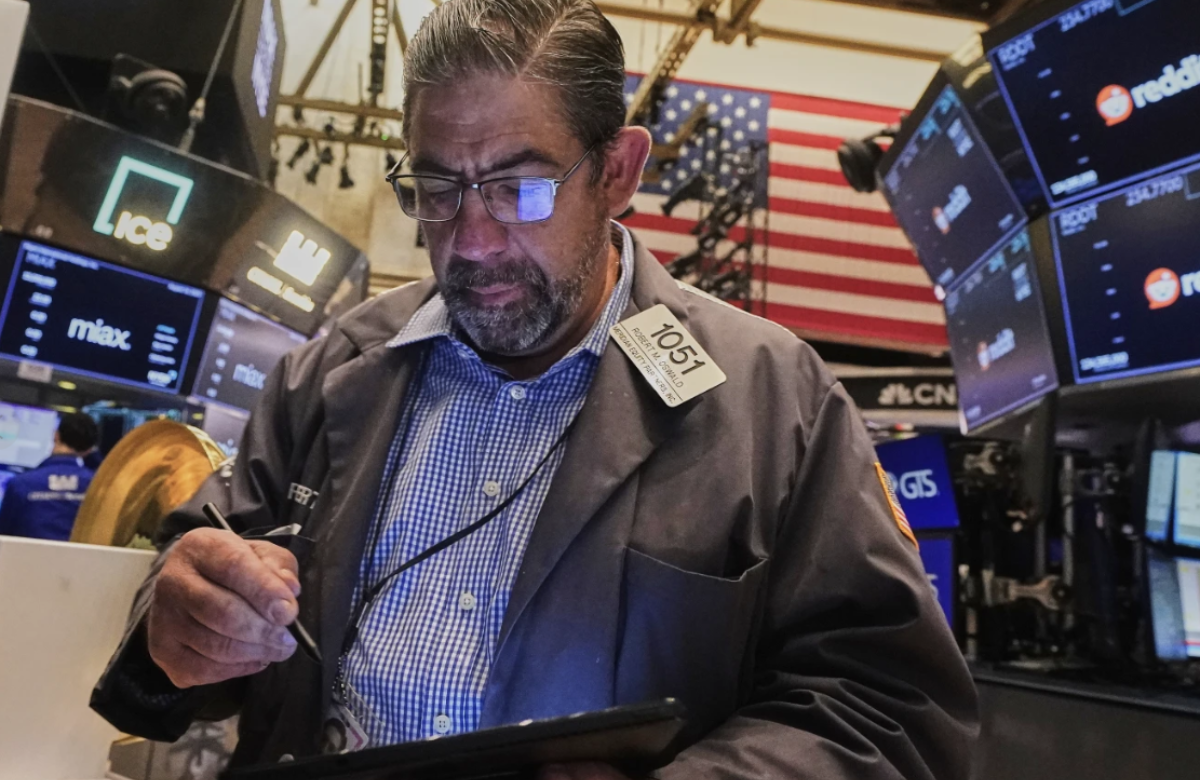Americans are cutting back on their consumption of snacks like Doritos, Goldfish, and Hostess cakes. However, it’s not for health reasons but because even small treats have become too expensive for many.
According to Chris Costalgi, a vice president at market research firm NIQ, consumers are becoming more selective and trying to make their dollars stretch further. NIQ’s February survey of 1,000 consumers found that 42% of people are buying fewer snacks due to rising prices.
This trend is reflected in the financial results of major food companies. Recently, companies like PepsiCo, Campbell, and JM Smucker have reported weaker sales for their snack products.
PepsiCo, which owns Frito-Lay, reported a 3% decline in snack sales last quarter. The company explained that salty and savory snacks performed worse than the broader packaged food market, citing the combined effects of inflation and higher borrowing costs impacting consumers’ budgets.
Similarly, sales for Goldfish crackers and Snyder’s of Hanover pretzels also dropped. Campbell, which owns both brands, experienced a 2% decrease in snack sales, mentioning that the performance was “weaker than expected.”
JM Smucker, the parent company of Hostess, noted a 5% drop in snack sales for its latest quarter, as consumers became more “cautious” and “selective” in their spending.
Salty snack sales saw a slight decline of 0.3% during the 52 weeks ending February 23, as did cookie sales, according to market research firm Circana. This dip in snack consumption is part of a broader trend where shoppers are scaling back on larger purchases, such as airline tickets, major home renovations, and clothing.
Companies are also noticing a slowdown in consumer activity, driven by concerns over inflation, President Trump’s tariffs on imported goods, and instability in the stock market.
Retail spending in the U.S. was much lower than anticipated last month, signaling potential strain on shoppers. The Commerce Department reported a modest 0.2% rise in retail sales in February compared to the previous month.
These weak consumer spending numbers are fueling concerns that the U.S. economy may be slowing down, with some speculating it could be heading into a recession.
Snack prices rise
Snack prices have risen faster than other grocery items. While overall grocery prices have climbed 23% since February 2021, chip prices have surged by 29%, according to the Bureau of Labor Statistics (BLS).
Last month, the average price of a 16-ounce bag of potato chips was $6.50, compared to $5.05 in February 2021, as reported by the BLS.
To save money, many consumers are opting for store-brand chips from retailers like Walmart and Costco, moving away from more expensive name brands like Doritos.
Shoppers have also expressed frustration with “shrinkflation,” a practice where companies reduce the size of bags while increasing prices. In response to this, PepsiCo, which owns brands like Lay’s, Doritos, Tostitos, and Ruffles, announced last year that it would temporarily increase the amount of chips in some bags. A PepsiCo spokesperson shared in October that select locations would offer “bonus” bags with 20% more chips at the same price as standard bags, in an effort to win back customers who were frustrated with smaller portions.














